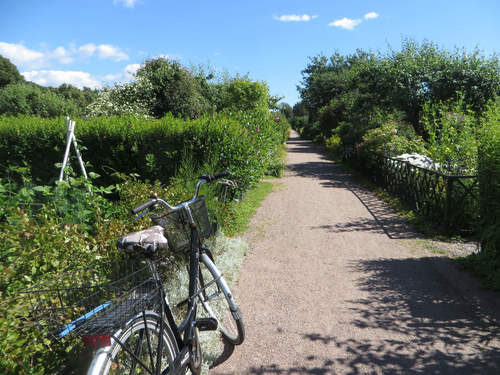Urban Agriculture in Helsinki, Finland
See on Scoop.it - Agricultures Urbaines et Peri-urbaines
Finland has become a predominantly urban society. When Finland gained its independence in 1917, only 10 percent of the population lived in urban areas. By 1960 that figure had risen to 55 percent, and presently 70 percent of Finns live in urban areas, according to the Finnish Environmental Institute. Yet most Finns, even those living in cities, have close ties to their cultural heritage and agricultural roots in the countryside. This photo journey explores the spaces, places, and practices of urban agriculture (UA) in Finland’s capital, Helsinki. The city sits at latitude 60.6˚ N and has approximately 600,000 residents. This might not seem like a place well suited for urban agriculture, but an enthusiastic population of growers and the long summer days make this a hotbed of UA development. UA has over a century-long history in Helsinki, and it is embedded in the fabric of the city through zoning regulations. Over the last decade, the number and types of projects have increased rapidly through both municipally supported and grassroots efforts. Grassroots UA projects include box and sack gardens in interstitial spaces, and the establishment of Finland’s first Community Supported Agriculture (CSA) project. This photo essay illustrates how each of the four main types of UA projects found in Helsinki—cottage allotments, allotment gardens, box gardening, and CSAs—fit into its urban landscape.
